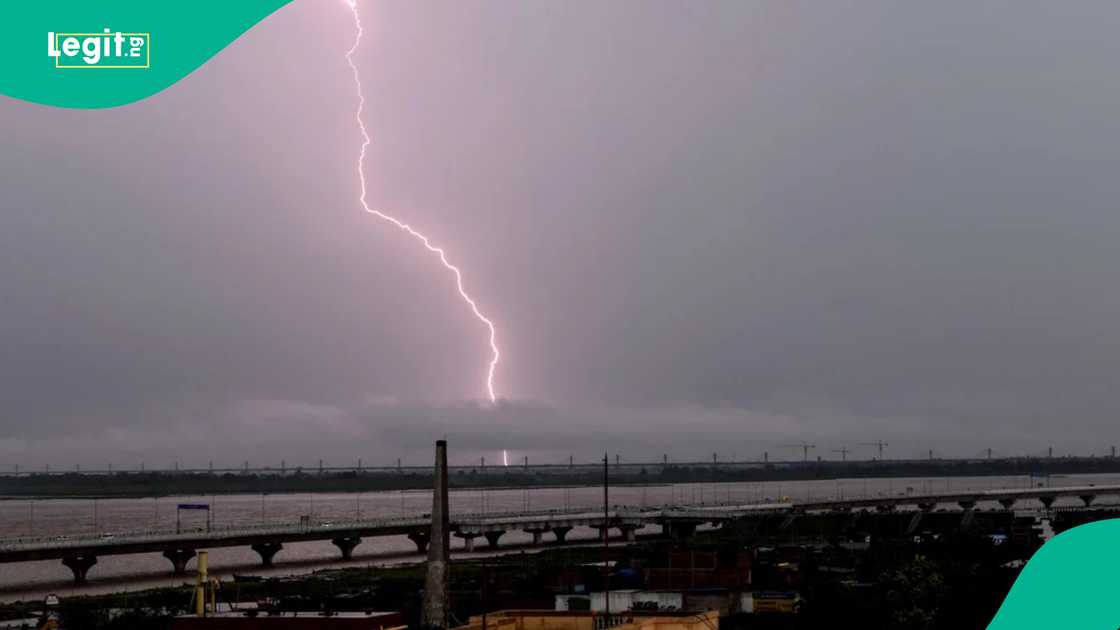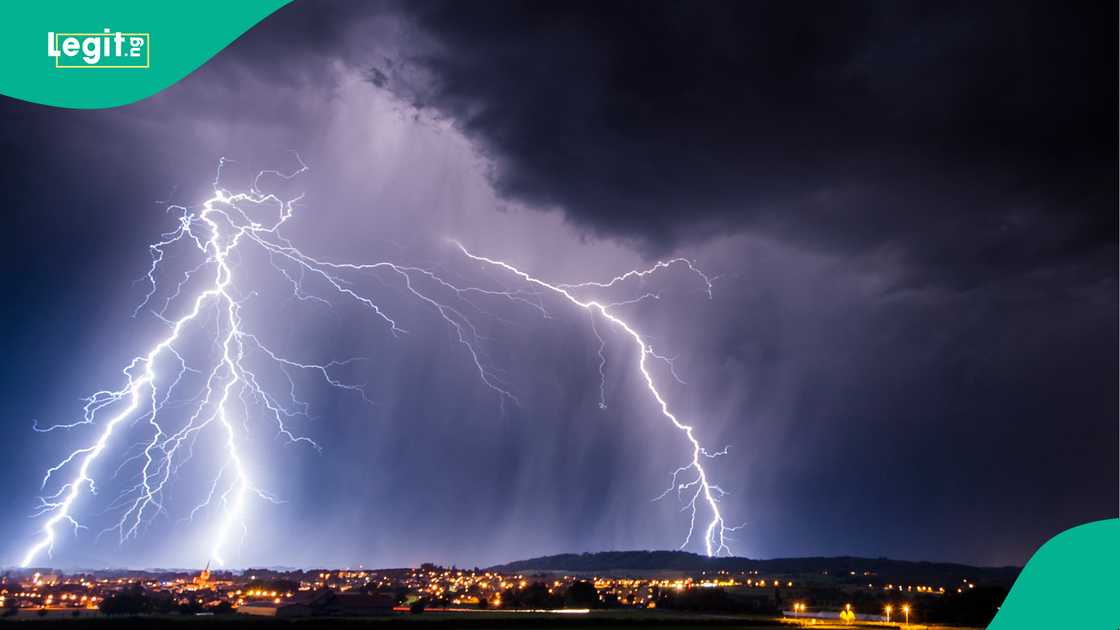Lightning Strikes Kill Over 30 Agricultural Workers in India
- At least 33 people have died and dozens were injured in Bihar, India, following a wave of deadly lightning strikes during intense monsoon storms
- Most victims were agricultural workers caught outdoors as severe weather swept across 10 districts this week
- Officials warn that lightning and heavy rains are likely to continue, with climate change fuelling increasingly dangerous storm activity
At least 33 people have died and dozens more have been injured following a series of lightning strikes in Bihar, eastern India, this week, according to state officials.
The fatalities occurred as powerful storms and monsoon rains swept across the region, triggering widespread devastation and raising fresh concerns about the impact of climate change on extreme weather patterns.

Source: Getty Images
Lightning strikes in Bihar
The bulk of the deaths were reported on Wednesday and Thursday, when intense thunderstorms battered at least 10 districts across Bihar. Most of the victims were agricultural workers caught outdoors during the storms.
In Nalanda district, an elderly man was killed while tending to cattle. Two women in the same area suffered serious burn injuries and are currently receiving medical treatment.
The Bihar state government has urged residents to remain indoors during adverse weather conditions. Chief Minister Nitish Kumar announced financial compensation of ₹4 million (approximately £3,600) for the families of those killed.
Monsoon rains and lightning expected to continue
India’s Meteorological Department has forecast light to heavy rainfall across southern and northeastern Bihar until at least 24 July.
The monsoon season, which typically lasts several weeks, is known for triggering severe weather events including lightning, flooding, and landslides.
Lightning strikes are a frequent hazard during India’s monsoon season, particularly in the north and east. Government data indicates that more than 2,500 people are struck by lightning annually across the country.
Bihar alone recorded 243 lightning-related deaths last year, and 275 in 2023. In November 2023, unseasonal rainfall led to lightning strikes that killed 24 people in Gujarat, western India.
Climate change driving surge in lightning activity
Experts warn that climate change is intensifying lightning activity and storm severity. A typical lightning bolt carries around 300 million volts of electricity, enough to cause instant death or severe injury.
Rising land and sea surface temperatures are fuelling more energetic thunderstorms, increasing the risk of lightning strikes.
A study by the University of California, Berkeley, found that lightning strikes in the United States could rise by 12% for every 1°C increase in average temperature.
On Wednesday, one person was killed and more than a dozen injured by lightning in Jackson Township, New Jersey.
Monsoon season continues to wreak havoc
India’s eastern and northeastern regions are also vulnerable to annual flooding during the monsoon, which has historically displaced hundreds of thousands and claimed dozens of lives.
Southern India has not been spared either. In July 2024, massive landslides triggered by monsoon rains killed at least 158 people in Kerala.

Source: Getty Images
Heavy thunderstorms & rain incoming
Legit.ng earlier reported that the Nigerian Meteorological Agency (NiMet) has warned of thunderstorms and widespread rainfall expected across several parts of the country from Friday, July 18, through Sunday, July 20.
In its weather outlook released on Thursday, July 17, in Abuja, the agency predicted that at least 10 northern states would witness heavy weather activity during the afternoon and evening periods.
According to NiMet, states such as Adamawa, Yobe, Sokoto, Zamfara, Bauchi, Borno, Gombe, Jigawa, Kaduna, and Taraba are expected to experience thunderstorms with moderate rainfall from Friday afternoon.
Source: Legit.ng





